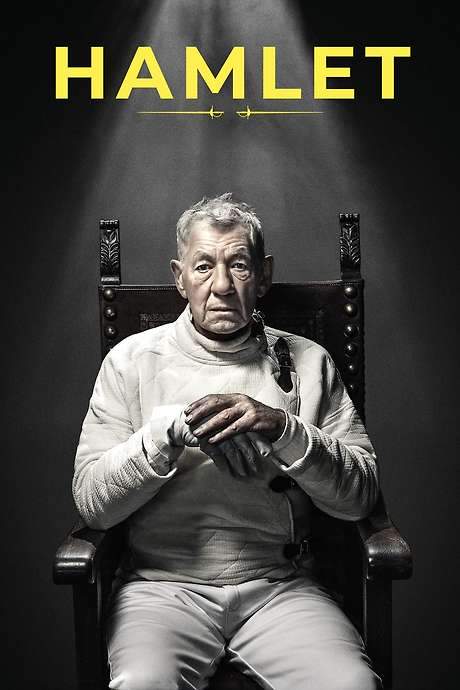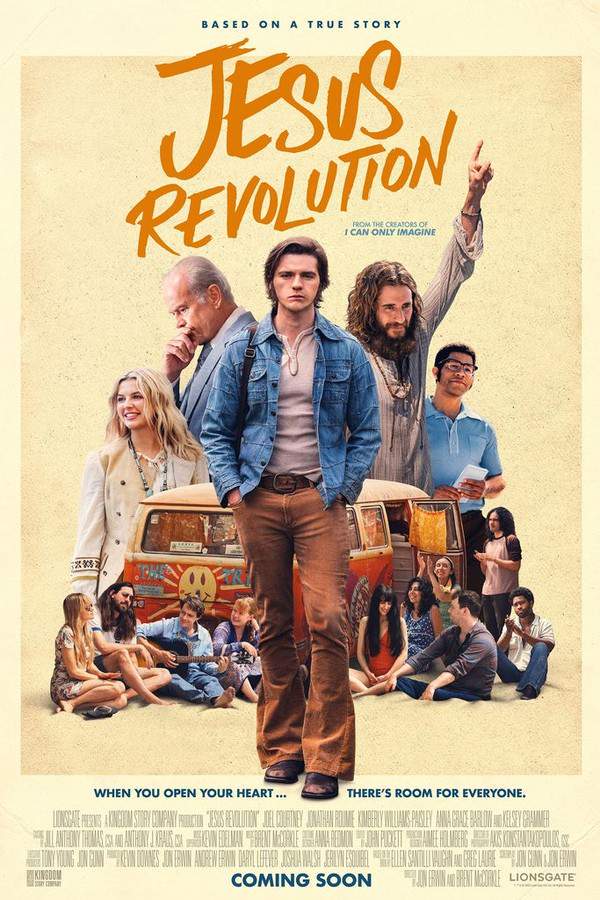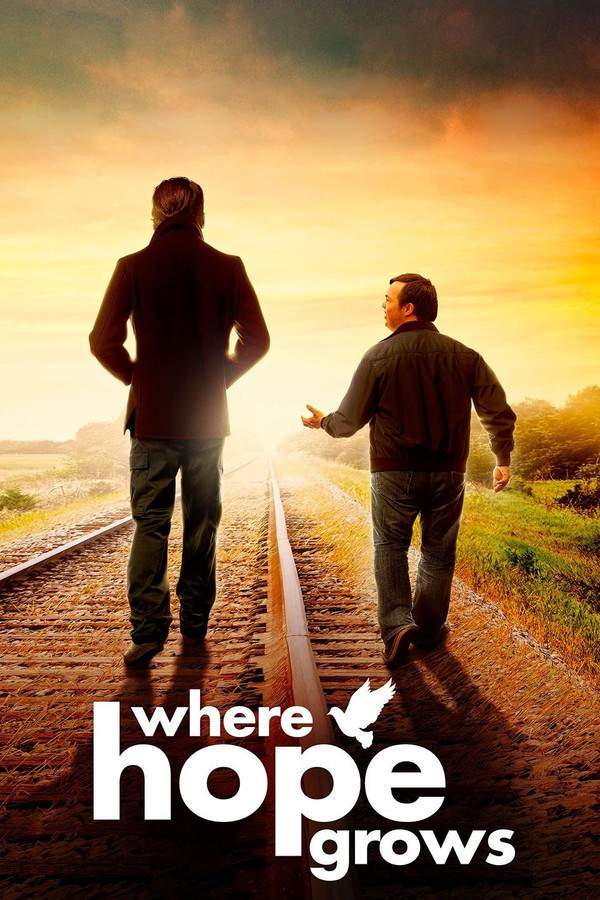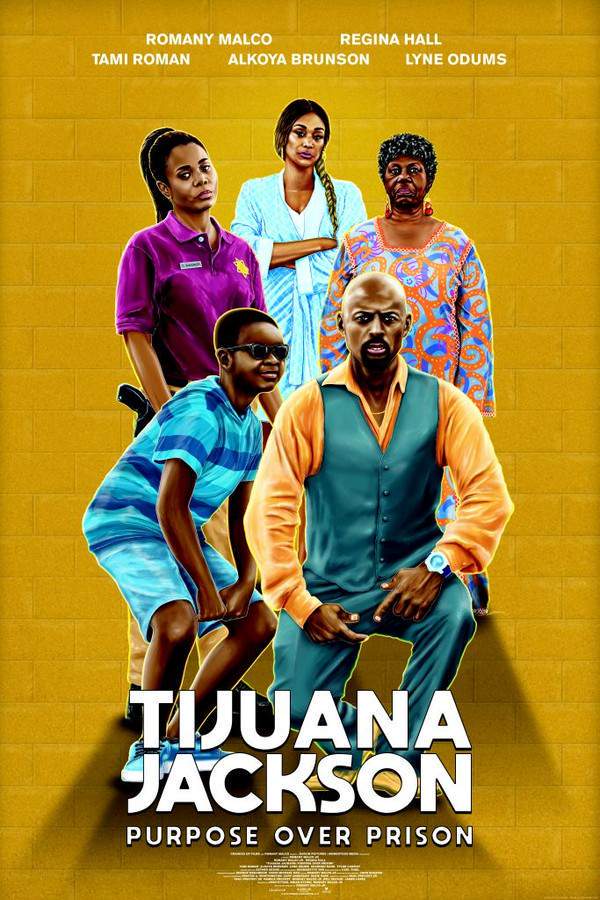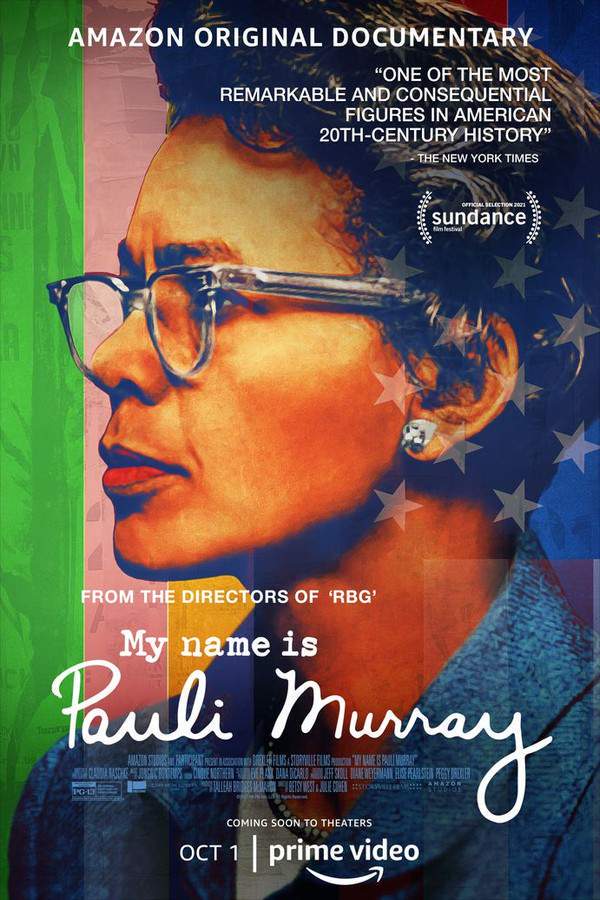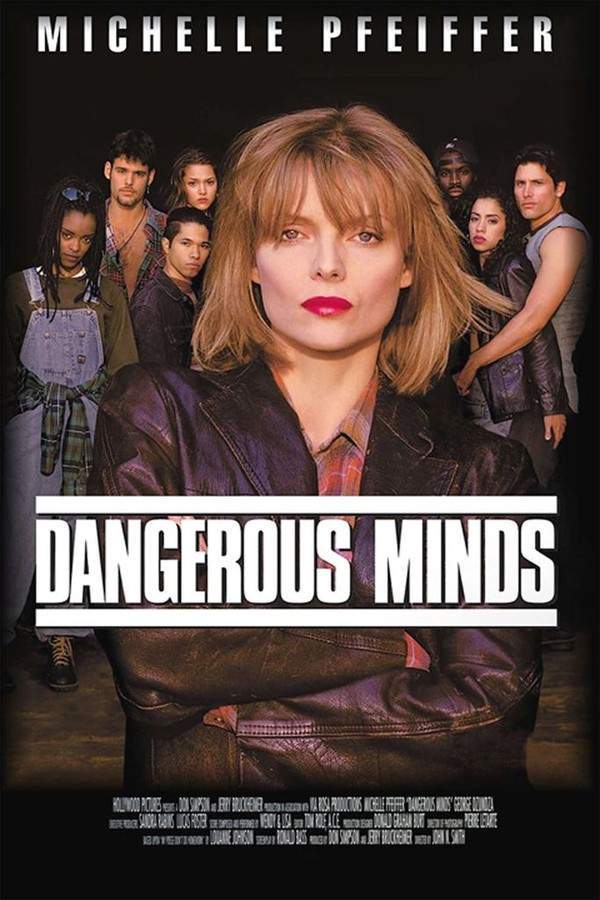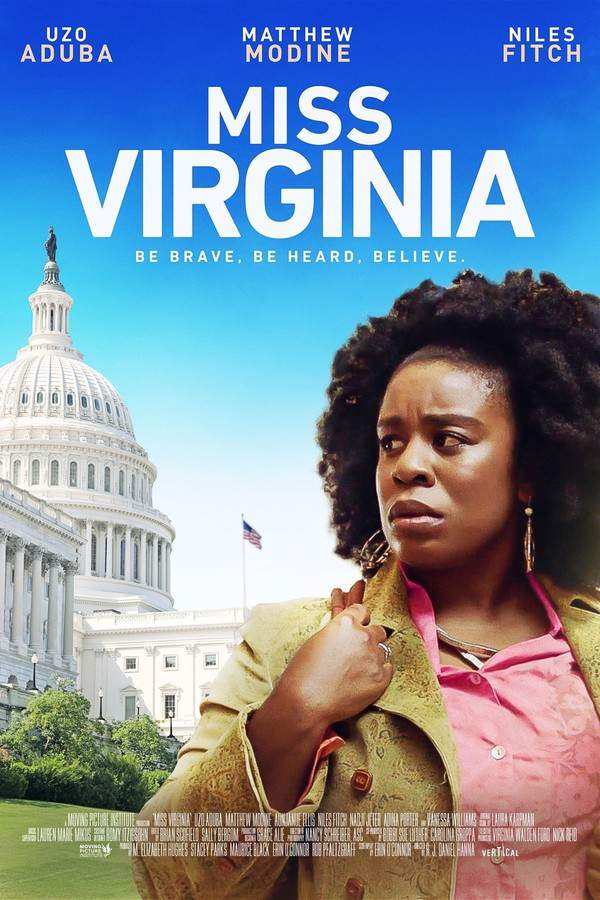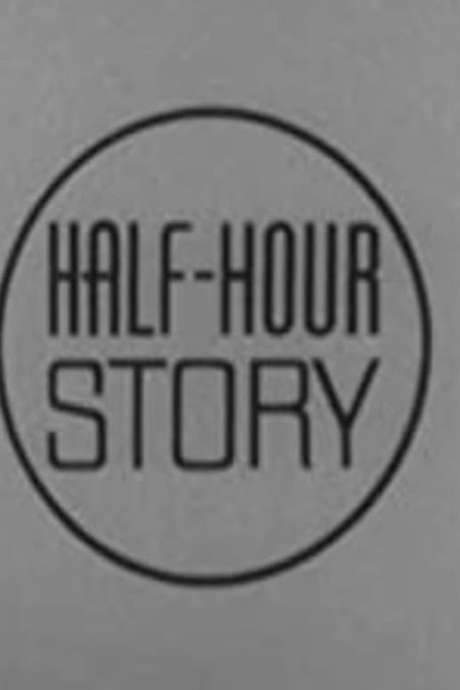
The Marva Collins Story
Year: 1981
Runtime: 100 mins
Language: English
Director: Peter Levin
Cicely Tyson earned an Emmy nomination for Outstanding Actress for her portrayal of a Chicago schoolteacher who, after becoming disillusioned with the traditional system, left it to teach black children labeled “unteachable.” A 1979 “60 Minutes” segment highlighted her unconventional methods that turned those students into confident scholars.
Warning: spoilers below!
Haven’t seen The Marva Collins Story yet? This summary contains major spoilers. Bookmark the page, watch the movie, and come back for the full breakdown. If you're ready, scroll on and relive the story!
The Marva Collins Story (1981) – Full Plot Summary & Ending Explained
Read the complete plot breakdown of The Marva Collins Story (1981), including all key story events, major twists, and the ending explained in detail. Discover what really happened—and what it all means.
Marva Collins, a teacher in the Chicago Public School System, grows frustrated with how the public schools limit students’ potential and believes the system blocks many from truly thriving. She convinces her husband, Clarence Collins, Morgan Freeman, to help her start a school by converting the upstairs apartment into a one-room space they call Westside Preparatory. With her life savings, she funds the venture and sets a beliefs-driven policy: students will pay what they can, and she will teach on her own terms, not at the mercy of state approval. Westside Preparatory becomes a bold experiment in schooling, a place where the mission is to push past paperwork and statistics to unlock real learning.
On opening day, six hopeful students arrive: Cindy Collins (played by Mashaune Hardy) and Patty, Eddie Banbower (played by Duke Thorbs), Martin Luther Jones (played by Rodrick F. Wimberly), Tina Boland (played by Kelly Crosby), and Roxanne Johnston (played by Darlene Jackson). Many of them arrive with low confidence, some struggling with reading or with the weight of expectations placed on them by other schools. Collins begins by building trust, praising what the students do right and steering them toward ambitious goals, rather than dwelling on mistakes. Her classroom becomes a space where even the most hesitant kids—like Tina and Martin—grow curious about reading, writing, and poetry, while Roxanne learns to place value in her own ideas. The classroom doesn’t just teach — it invites participation, imagination, and perseverance, and word spreads about the unusual, encouraging approach in that creaking upstairs room.
As weeks pass, the school quietly grows beyond its initial six, drawing in more children who public schools have written off as difficult or learning-disabled. Collins is determined to prove that these youngsters can rise to high expectations, and she makes a bold choice: she seeks state recognition while refusing federal funding, insisting her students deserve the chance to demonstrate what they can achieve through “good old fashioned teaching.” She confronts the bureaucratic hurdle of paperwork that gets lost, and she refuses to be deterred by statistics that claim minority groups are disadvantaged. Instead, she presses on with a stubborn optimism and a plan to publish the scores herself to let the results speak for the students’ abilities.
A police officer, who Collins had been avoiding for months, finally visits to inspect the class and is impressed by how advanced the children are for their ages. Yet the school needs significant safety improvements that Collins cannot afford, and the officer agrees to delay filing the report to give her a little time to meet the requirements. The setback is bittersweet: Eddie leaves Westside Preparatory after his mother pulls him out, arguing that school has consumed too much of his life. This departure shakes Collins, but a conversation with her husband reinforces her conviction that she is pushing the students toward a brighter future, and she presses on with renewed resolve.
A reporter comes to cover the school and is astonished to learn that Collins didn’t handpick top students and that many of her pupils were previously written off as learning-disabled. He also discovers that Collins does not accept federal funds, and she explains that the secret to Westside’s success is simply “good old fashioned teaching.” The reporter returns to chronicle the upcoming standardized test, and Collins invites him back to witness the results for himself, promising to reveal what her students can achieve when given the chance.
Test day arrives with a mix of nerves and pride. Tina arrives late and confesses her fear of failing, worried about letting Collins down or, worse, having to leave the school she’s grown to love. Collins reassures her, stressing that the purpose of Westside Preparatory is “learning to stand on your own,” and encourages Tina to face the challenge with courage. After the tests, the newspaper story erupts with praise, and donations begin to flood in while more parents call to enroll their children. The students celebrate with a party for Ms. Collins, each of them receiving a letter from her expressing how proud she is of their hard work and progress.
The film closes with a stark, hopeful note: all of the students tested at least five grade levels higher, and many go on to sustain strong performance throughout their schooling. Westside Preparatory eventually moves into a building of its own, serving around 200 students, with a waiting list that reaches above 800. The lasting testament is the impact on the kids’ lives — a reminder that dedication, belief in potential, and thoughtful teaching can transform futures.
Last Updated: October 09, 2025 at 14:22
Explore Movie Threads
Discover curated groups of movies connected by mood, themes, and story style. Browse collections built around emotion, atmosphere, and narrative focus to easily find films that match what you feel like watching right now.
Inspiring teacher stories like The Marva Collins Story
Stories of dedicated educators who transform lives against the odds.If you liked The Marva Collins Story, explore more movies about dedicated educators who transform the lives of their students. These similar drama films feature strong mentors, education reform themes, and uplifting stories of perseverance against systemic challenges.
Narrative Summary
These narratives typically follow a linear, cause-and-effect structure: a new or unconventional educator enters a challenging environment, faces initial resistance and systemic hurdles, but through perseverance and innovative methods, earns the trust of their students and achieves remarkable, heartening successes.
Why These Movies?
Movies are grouped here for their shared focus on the teacher-student dynamic as a catalyst for change. They share a hopeful, determined tone, a steady pacing that builds towards emotional payoff, and a core belief in human potential that triumphs over adversity.
Movies about hopeful social change like The Marva Collins Story
Character-driven stories where one person's fight creates a ripple of positive change.Find more inspiring dramas similar to The Marva Collins Story that focus on social justice and reform. These films share a hopeful tone and steady pace, featuring determined protagonists who overcome adversity to make a tangible difference in their world.
Narrative Summary
The plot follows a protagonist who identifies a deep-seated social problem—educational inequality, institutional neglect, etc. They commit to a solution, facing bureaucratic resistance and setbacks, but their unwavering conviction and incremental successes gradually build momentum, leading to a resolution that affirms the possibility of change.
Why These Movies?
These films are connected by their central theme of grassroots activism and reform. They balance the weight of serious social issues with a fundamentally hopeful outlook, resulting in a medium-intensity, steadily-paced drama that concludes with a sense of accomplishment and forward momentum.
Unlock the Full Story of The Marva Collins Story
Don't stop at just watching — explore The Marva Collins Story in full detail. From the complete plot summary and scene-by-scene timeline to character breakdowns, thematic analysis, and a deep dive into the ending — every page helps you truly understand what The Marva Collins Story is all about. Plus, discover what's next after the movie.
The Marva Collins Story Timeline
Track the full timeline of The Marva Collins Story with every major event arranged chronologically. Perfect for decoding non-linear storytelling, flashbacks, or parallel narratives with a clear scene-by-scene breakdown.

Characters, Settings & Themes in The Marva Collins Story
Discover the characters, locations, and core themes that shape The Marva Collins Story. Get insights into symbolic elements, setting significance, and deeper narrative meaning — ideal for thematic analysis and movie breakdowns.

More About The Marva Collins Story
Visit What's After the Movie to explore more about The Marva Collins Story: box office results, cast and crew info, production details, post-credit scenes, and external links — all in one place for movie fans and researchers.

Similar Movies to The Marva Collins Story
Discover movies like The Marva Collins Story that share similar genres, themes, and storytelling elements. Whether you’re drawn to the atmosphere, character arcs, or plot structure, these curated recommendations will help you explore more films you’ll love.
Explore More About Movie The Marva Collins Story
The Marva Collins Story (1981) Scene-by-Scene Movie Timeline
The Marva Collins Story (1981) Movie Characters, Themes & Settings
The Marva Collins Story (1981) Spoiler-Free Summary & Key Flow
Movies Like The Marva Collins Story – Similar Titles You’ll Enjoy
My Name Is Pauli Murray (2021) Full Movie Breakdown
Dangerous Minds (1995) Ending Explained & Film Insights
Miss Virginia (2019) Plot Summary & Ending Explained
Martha (2024) Complete Plot Breakdown
Fighting the Odds: The Marilyn Gambrell Story (2005) Complete Plot Breakdown
Martha, Inc.: The Story of Martha Stewart (2003) Plot Summary & Ending Explained
Marilyn and Me (1991) Full Movie Breakdown
The Patricia Neal Story (1981) Movie Recap & Themes
Marlene (2020) Full Summary & Key Details
Marie: A True Story (1985) Movie Recap & Themes
This Is Joan Collins (2022) Detailed Story Recap
A Mother’s Courage: The Mary Thomas Story (1989) Ending Explained & Film Insights
The ’60s (1999) Detailed Story Recap
Robert (1967) Movie Recap & Themes
Selma, Lord, Selma (1999) Full Summary & Key Details













